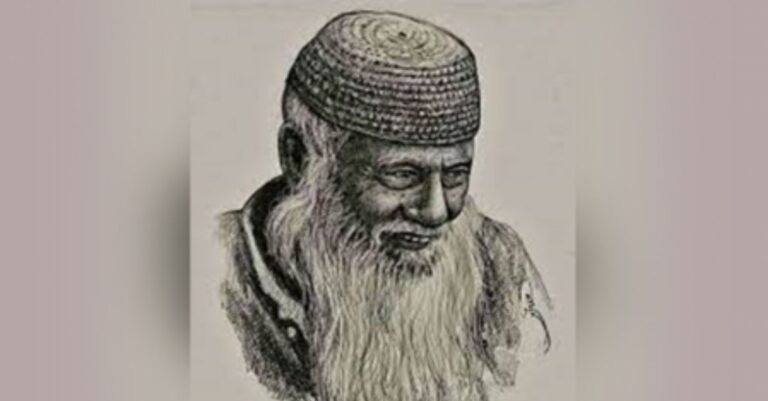To deny the difference between lynching and an ordinary crime is to deny the enormity of lynching. The distinction between lynching and other crimes lies in the way in which it is carried out and in the objective.
Noted human rights activist Irfan Engineer asserted that lynching is executed “openly, publicly, demonstrably and without any fear of law”. But, ordinary crimes are done with “as much stealth as necessary to escape the law. Unlike terror attacks, caste violence and communal riots, wherein the targets are any and every member of a community, the lynch mobs target particular individuals”.
The lynch victims are accused of some wrongs. No one questions its factuality. The mob consists of hundreds of people from the upper section of society enjoying the safety and shelter of the state. The individuals targeted by the mob are under their absolute grip and can be made to do anything that the mob orders them to do – even eat shit or chant ‘jai Shri Ram’ or ‘Bharat mata ki jai’.
The victims are often made to chant or call against the most sacred creed of the victim. The target of mob lynching is powerless. The members of a large mob incite even the worst form of violence. “No brutality is brutal enough to be not practiced on the victim. This includes jumping on the body of the injured victim lying on the ground and unable to get up, beating for hours together with sticks and other weapons, burning, hacking with sharp instruments”.
The victim is taken as worst as a beast. He is assumed to be a monster whose existence and his/her community’s existence pose a threat to the entire society. The atrocities are perpetrated to give a signal to the community as a whole to which the victim belongs. That is why videos of the lynching are made and uploaded on social media to terrify the whole community and gain the sympathy of others for what one thinks is a ‘heroic’ act.
There is another twist in the cases of lynching. Lynching is not contained within time and space. The message is that if you happen to belong to a targeted community, you are no longer safe in anywhere. You may be harassed, maimed or killed in any place at any time. You can be attacked even at your sweet home on the suspicion of keeping beef. “Only for being visibly Muslim, you can be lynched on a train, while walking down the road, at your workplace or a park”.
In the case riot, it is often bound by time and space. But lynch mobs are everywhere. In the past, communal violence would happen in a specific area for hours, days and weeks. And then it would end. But lynching is an everyday happening, and it may take place anywhere around the clock.[i]
There is no question of repentance in the lynch mobs. Lack of remorse astonishes us, rued the writer. How can human beings be without an iota of repentance for the horrendous act on the victims?[ii]
Lynching is different from other forms of violence (e.g., riots, fights, vandalism, and domestic violence). Violent acts were coded as lynching when they involved one-way violence where many people (referred to as “group/masses”) gather suddenly to attack an individual or a small group (Enzo Nussio and Govinda Clayton).[iii]
The Supreme Court described lynching as a “horrendous act of mobocracy” in 2018, taking cognizance of the severity and enormity of the crime. The current Sarsanghchalak of the Rashtriya Swayamsevak Sangh, Mohan Bhagwat, may call it the way he wishes. One may be hardly surprised by his innuendoes. Lynching is a terrible form of crime that befits the beasts, not humans. To kill a man on suspicion of eating beef or trading cattle is possible only in the world’s largest democracy.
Hindutva mobs are getting political clout for killing fellow Indians. And they feel proud to kill Dalits and Muslims openly. And to our greatest surprise, they are given a hero’s welcome for their brave deeds. In this context, what can we expect from Bhagwat and or BJP’s highly accomplished karyakartas?
(Excerpted from Lynching in Literature, Culture and Society)
References
[i] Mander, Harsh. “India’s Lynchings: Ordinary crimes, rough justice or command hate crimes?” in Violence in South Asia: Contemporary Perspectives, eds, by Pavan Kumar Malreddy et al. Routledge, 2020. p.146.
[ii] Engineer, Irfan. “Mob lynching and its defenders.” CSSS, (Secular Perspective October 16-31, 2019), available at: https://csss-isla.com/secular-perspective/mob-lynching-and-its-defenders/ accessed 27 Jul. 2023.
[iii] Nussio, Enzo and Govinda Clayton. “A Wave of Lynching: Morality and Authority in Post-Tsunami Aceh”. Available at: https://ethz.ch/content/dam/ethz/special-interest/gess/cis/center-for-securities-studies/pdfs/A_Wave_of_Lynching-Comparative_Politics_2022.pdf




